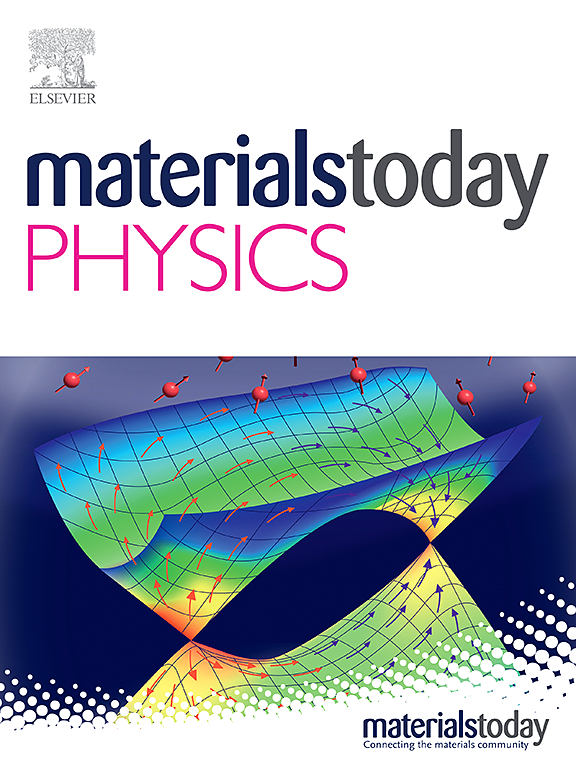The Critical Role of Materials and Device Geometry on Performance of RRAM and Memristor: Review
IF 10
2区 材料科学
Q1 MATERIALS SCIENCE, MULTIDISCIPLINARY
引用次数: 0
Abstract
In the rapidly evolving field of memory technology, material strategies have been continuously optimized to achieve high-performance memory devices, many of which have successfully transitioned to industrial applications. A critical focus has been placed on selecting and refining materials that are environmentally sustainable and amenable to facile processing methods. While resistive random-access memory (RRAM) materials, mechanisms, and applications have been comprehensively reviewed, studies focusing on strategic approaches to material optimization remain limited. This review delves into the burgeoning domain of polymer/organic memory and memristors, with particular attention to electrode and switching layer (SL) material modifications. Key strategies include blending polymers, incorporating nanoparticles, quantum dots, or nanosheets into the SL, and fabricating bilayer or multilayer SLs within the metal-insulator-metal (MIM) structure. These materials and their configurations play pivotal roles in enabling various memory types (WORM, NVM, VM) and achieving low-voltage operation, critical for reducing energy consumption and improving device longevity. By interlinking phenomena and presenting unique features from literature, this review offers readers insights into innovative approaches to materials selection, device geometry, and modulation of biasing stimuli. It serves as a comprehensive guide towards understanding of materials strategies in organic RRAM devices for next-generation memory and memristor technologies.

材料和器件几何对随机存储器和忆阻器性能的关键作用:综述
在快速发展的存储器技术领域,材料策略不断得到优化,以实现高性能存储器件,其中许多已成功过渡到工业应用。选择和提炼环境可持续发展且易于加工的材料一直是重点。虽然对电阻式随机存取存储器(RRAM)的材料、机理和应用进行了全面综述,但侧重于材料优化战略方法的研究仍然有限。本综述将深入探讨聚合物/有机存储器和忆阻器这一新兴领域,尤其关注电极和开关层(SL)材料的改性。主要策略包括混合聚合物,在开关层中加入纳米颗粒、量子点或纳米片,以及在金属-绝缘体-金属(MIM)结构中制造双层或多层开关层。这些材料及其配置在实现各种存储器类型(WORM、NVM、VM)和实现低电压操作方面发挥着关键作用,而低电压操作对于降低能耗和提高器件寿命至关重要。本综述将各种现象相互联系,并介绍了文献中的独特特征,让读者深入了解材料选择、器件几何形状和偏压刺激调制的创新方法。它是了解下一代存储器和忆阻器技术中有机 RRAM 器件材料策略的综合指南。
本文章由计算机程序翻译,如有差异,请以英文原文为准。
求助全文
约1分钟内获得全文
求助全文
来源期刊

Materials Today Physics
Materials Science-General Materials Science
CiteScore
14.00
自引率
7.80%
发文量
284
审稿时长
15 days
期刊介绍:
Materials Today Physics is a multi-disciplinary journal focused on the physics of materials, encompassing both the physical properties and materials synthesis. Operating at the interface of physics and materials science, this journal covers one of the largest and most dynamic fields within physical science. The forefront research in materials physics is driving advancements in new materials, uncovering new physics, and fostering novel applications at an unprecedented pace.
 求助内容:
求助内容: 应助结果提醒方式:
应助结果提醒方式:


